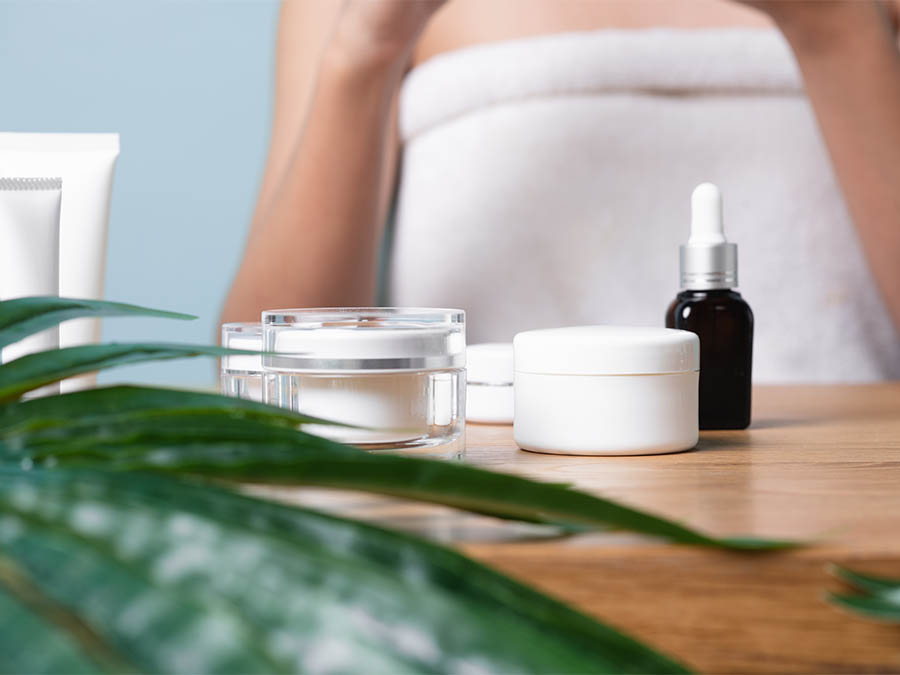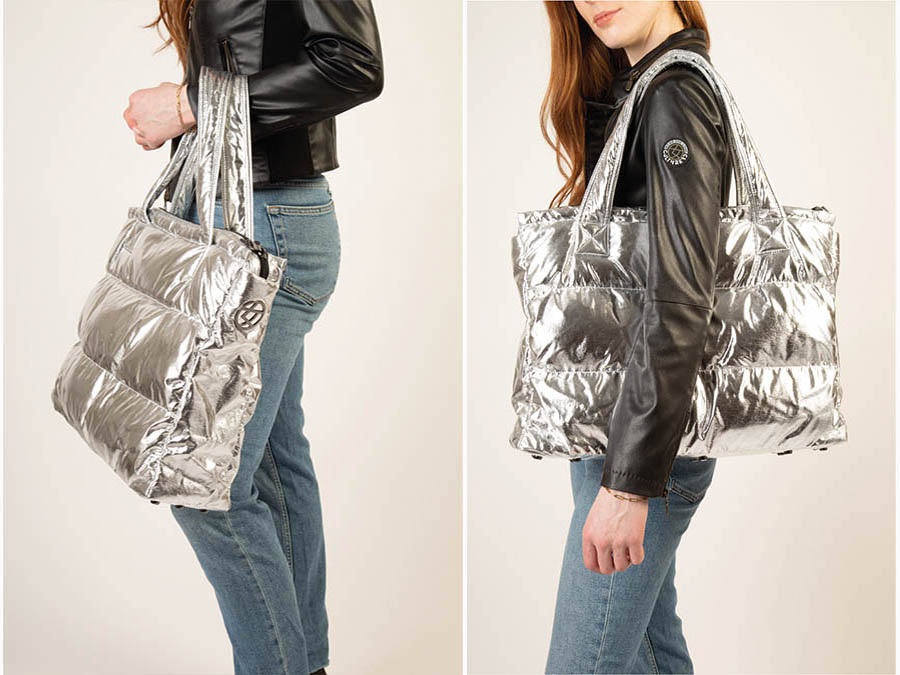Creating a Eco-Friendly Skincare Routine
In an era where environmental consciousness is paramount, adopting an eco-friendly skincare routine is a powerful way to protect not only your skin but also the planet.
Traditional beauty products often contain harmful chemicals and contribute to pollution, but with the right choices, you can have radiant skin while reducing your environmental footprint.
Here at sustainablefashion.ie, we will walk you through the steps of creating a sustainable skincare routine that is both kind to your skin and the Earth.
Step 1: Understand Your Skin Type
Before you embark on your eco-friendly skincare journey, it’s essential to understand your skin type.
Knowing whether you have oily, dry, combination, or sensitive skin will help you select products that are tailored to your specific needs, reducing waste and saving resources in the long run.
Step 2: Simplify Your Routine
Sustainability begins with simplicity. Avoid the temptation of overcomplicating your skincare routine with numerous products.
A streamlined regimen not only saves money but also reduces packaging waste. Aim for the basics: cleanser, moisturizer, sunscreen, and any targeted treatments if necessary.
Step 3: Choose Sustainable Packaging
Look for skincare products that come in eco-friendly packaging. Opt for glass or recyclable plastic containers instead of single-use packaging.
Brands increasingly offer refill stations and bulk options, which minimize waste. By selecting products with sustainable packaging, you contribute to the reduction of plastic pollution.
Step 4: Go Natural and Organic
Choose skincare products that contain natural and organic ingredients. These products are not only healthier for your skin but also more environmentally friendly.
Organic farming practices reduce chemical pollution, and natural ingredients are less likely to harm aquatic ecosystems when washed off.
Step 5: Support Cruelty-Free Brands
Support brands that are cruelty-free and do not test their products on animals. These brands often prioritise ethical and sustainable practices, contributing to a more compassionate and eco-friendly beauty industry.
Step 6: DIY Skincare
Consider making some of your skincare products at home. DIY skincare recipes can be simple and effective, utilizing ingredients like honey, yogurt, aloe vera, and oils. This not only reduces packaging waste but also allows you to control the ingredients you use.
Step 7: Eco-Friendly Cleansing
Opt for gentle, eco-friendly cleansers that don’t contain harsh chemicals. Avoid products with microbeads, as they can harm aquatic life when they enter waterways. Look for cleansers with natural exfoliants like ground seeds or oats.
Step 8: Use Reusable Makeup Removers
Replace disposable makeup wipes with reusable alternatives such as cotton rounds or makeup remover cloths. These can be washed and reused, reducing your contribution to landfill waste.
Step 9: Sustainable Exfoliation
If your skincare routine includes exfoliation, choose eco-friendly options like biodegradable exfoliating scrubs or reusable exfoliating pads. Avoid products containing plastic microbeads, which harm aquatic life.
Step 10: Hydrate with Organic Moisturisers
Opt for organic and sustainably sourced moisturizers. Many brands offer moisturizers packaged in glass containers or sustainable materials. Ingredients like shea butter, cocoa butter, and jojoba oil are nourishing and eco-friendly.
Step 11: Sun Protection
Protect your skin from harmful UV rays with a natural, reef-safe sunscreen. Mineral sunscreens with zinc oxide or titanium dioxide are effective without harming marine ecosystems when they wash off in the water.
Step 12: Targeted Treatments
If you have specific skincare concerns, choose targeted treatments that address them without compromising sustainability. Brands often offer concentrated serums or treatments in recyclable packaging.
Step 13: Mindful Consumption
Practice mindful consumption by using up products before purchasing new ones. This reduces product waste and minimises the resources required for production and transportation.
Step 14: Recycle Properly
Dispose of empty skincare product containers in the appropriate recycling bins. Check your local recycling guidelines to ensure proper disposal.
Step 15: Support Sustainable Brands
Research and support skincare brands that prioritise sustainability, ethical sourcing, and environmentally friendly practices. By purchasing from these brands, you encourage responsible industry behaviour.
And Finally
Creating an eco-friendly skincare routine is not only beneficial for your skin but also for the environment.
By understanding your skin type, simplifying your routine, choosing sustainable packaging, and opting for natural and organic products, you can reduce your environmental footprint while maintaining healthy and radiant skin.
Additionally, supporting cruelty-free and sustainable brands contributes to a more ethical and eco-conscious beauty industry. With these steps, you can make a positive impact on both your skin and the planet.






